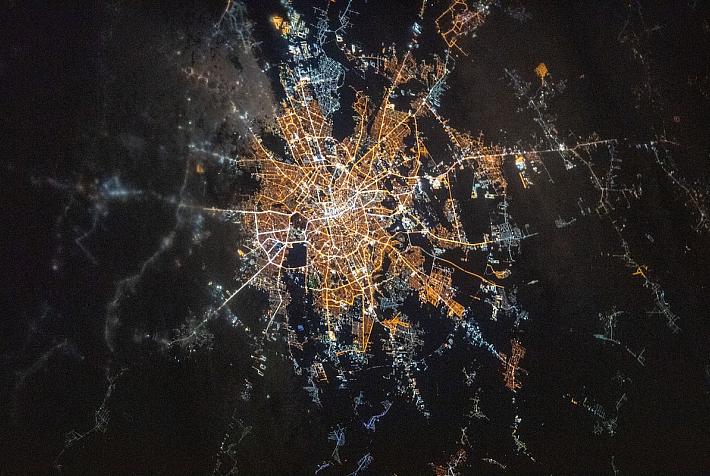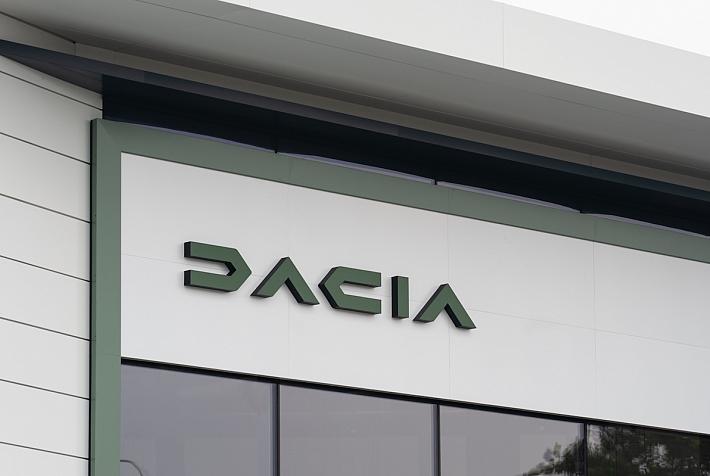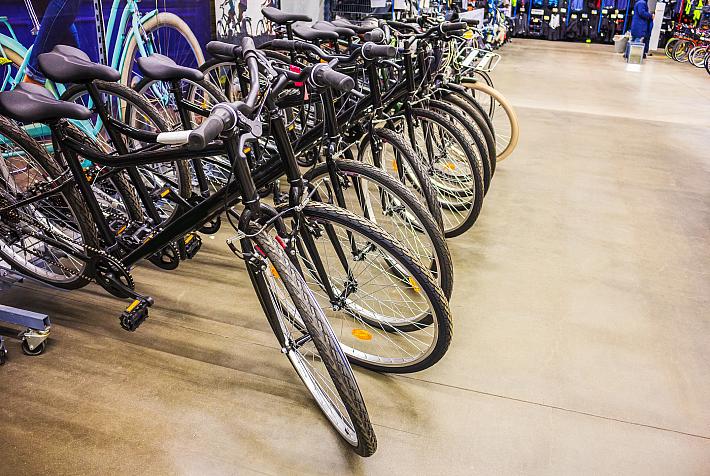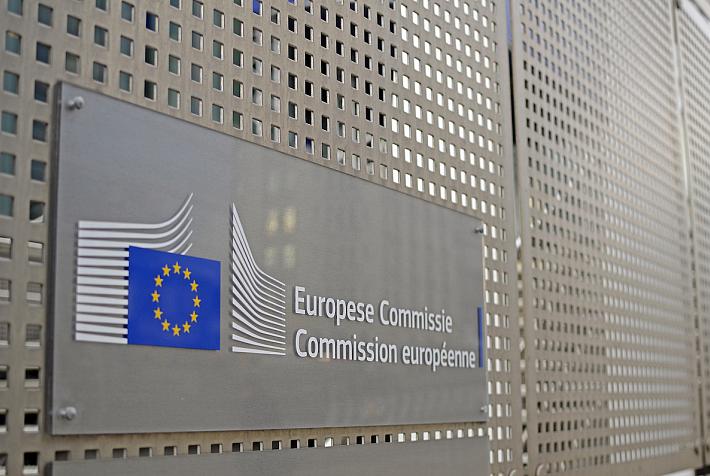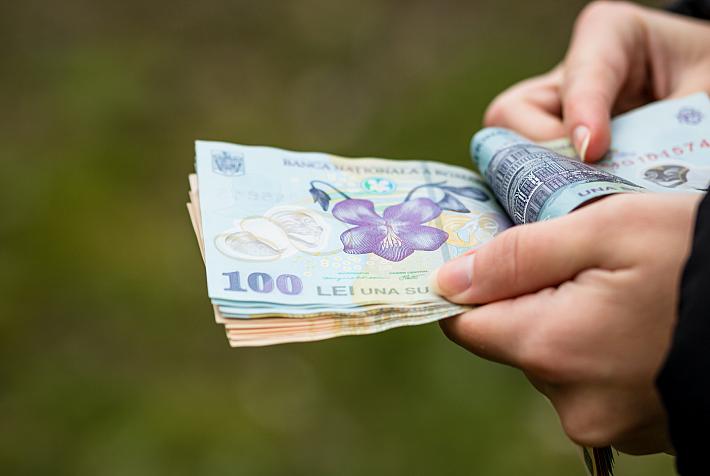More than 1,100 Roman silver coins discovered in southwestern Romania

A licensed user of metal detectors found 1,168 Roman silver coins at the end of last week in Padea, in Dolj county, southwestern Romania. Once their evaluation is completed, they are to be handed over to the Oltenia Museum.
According to specialists quoted by Gazeta de Sud, the coins are believed to date from the second half of the 3rd century.
"It is an important treasure in terms of quantity. Most of the pieces are Roman and Antonine imperial denarius and appear to have been buried in the time of Philip the Arab around the year 245, but we won't know for sure until we have the pieces cleaned," Radu Dumitrescu, museographer at the Oltenia Museum, told Gazeta de Sud.
Once they are cleaned, the coins will be properly evaluated.
"After that, a final report is made, and the person who discovered the treasure will receive 30% or 45% of its value. It's difficult to estimate the value at the moment because the pieces have oxide. There may be coins valued at EUR 10, there may also be coins valued at EUR 200-300, we'll see," Dumitrescu explained.
The process should take maximum 18 months.
Cosmin Vasile, the president of Dolj County Council, shared pictures of the Roman treasure on his Facebook page. He said that the value of the archaeological discovery is to be determined according to "a long and thorough procedure," and then the coins are to be kept in the Oltenia Museum's collection.
irina.marica@romania-insider.com
(Photo source: Facebook/Cosmin Vasile)

